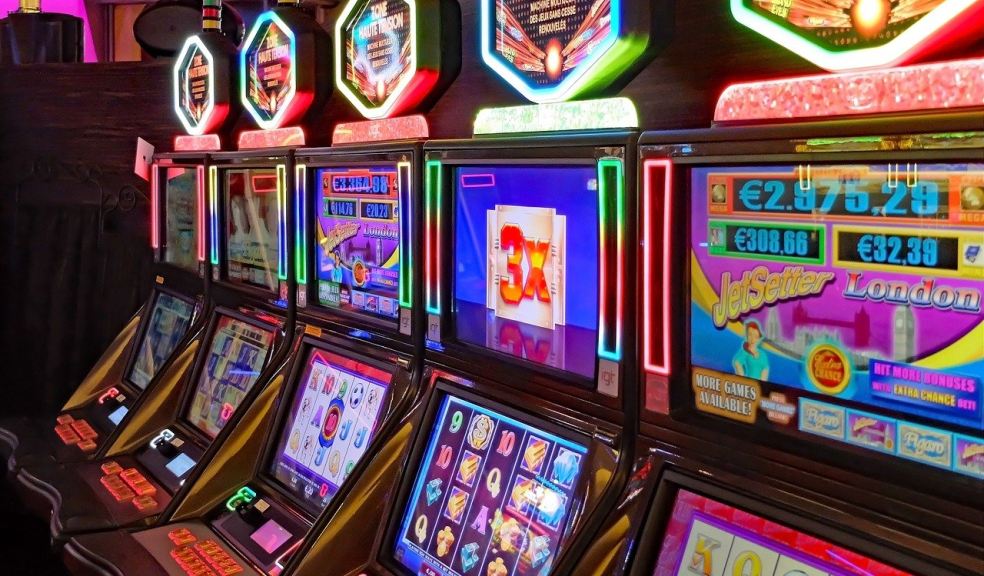Slot casinos have been a cornerstone of the gambling industry for over a century. From the clunky mechanical machines of the early 20th century to today’s sophisticated digital platforms, the evolution of slot casinos is a fascinating journey of technological innovation, cultural shifts, and changing player preferences. This article explores the unique and transformative history of awalslot casinos, highlighting key developments that have shaped this beloved form of entertainment.
The Birth of Slot Machines
The first slot machine, known as the Liberty Bell, was invented by Charles Fey in San Francisco in 1895. This mechanical marvel featured three spinning reels adorned with five symbols: diamonds, spades, hearts, horseshoes, and the Liberty Bell. Players would pull a lever to set the reels in motion, hoping for a winning combination that would release coins from the machine. The simplicity and excitement of the Liberty Bell set the stage for the slot machine’s rise in popularity.
The Golden Age of Mechanical Slots
Throughout the early 20th century, slot machines became a staple in bars, saloons, and casinos. Manufacturers like Bally and Mills Novelty Company introduced new features such as fruit symbols, which became iconic in the industry. The mechanical design evolved, incorporating more reels, advanced payout mechanisms, and engaging themes. However, it wasn’t until the 1960s that the next significant leap occurred.
The Electronic Revolution
The introduction of electronic slot machines in the 1960s revolutionized the industry. Bally’s Money Honey, released in 1963, was the first fully electromechanical slot machine. This innovation allowed for more complex gameplay, larger jackpots, and the introduction of the bottomless hopper, which enabled automatic payouts of up to 500 coins. The shift from mechanical to electronic components marked a turning point, paving the way for even more advanced developments.
The Digital Age and Video Slots
The 1970s and 1980s saw the emergence of video slot machines, which replaced physical reels with virtual ones displayed on a screen. Fortune Coin Co. introduced the first video slot machine in 1976, which used a modified 19-inch Sony Trinitron color receiver for the display. Video slots allowed for greater creativity in game design, incorporating themes, storylines, and bonus rounds that were impossible with mechanical reels. This era also saw the introduction of random number generators (RNGs), ensuring fair and unpredictable outcomes for each spin.
The Rise of Online Slot Casinos
The advent of the internet in the 1990s brought about another monumental shift in the slot casino landscape. Online casinos emerged, offering players the convenience of playing their favorite slot games from the comfort of their homes. Microgaming, one of the pioneers in online gambling software, launched the first true online casino in 1994. This platform included a variety of digital slot games, marking the beginning of a new era in slot gaming.
Mobile Gaming and the Future of Slots
The proliferation of smartphones and mobile devices in the 2000s further transformed the industry. Mobile casinos made it possible for players to enjoy slot games on the go, anytime and anywhere. Game developers adapted to this trend by creating mobile-friendly versions of their popular titles and developing new games specifically designed for touchscreens.
Today, slot casinos continue to innovate with the integration of cutting-edge technologies such as virtual reality (VR) and augmented reality (AR). These advancements promise to deliver immersive and interactive experiences, transporting players into fully realized virtual casino environments.
